Clindamycin Oral Solution 20 mL for Dogs: Uses, Dosage, and Safety Guide
Clindamycin is a trusted antibiotic in both human and veterinary medicine. In canine healthcare, Clindamycin Oral Solution 20 mL plays a vital role in treating infections caused by susceptible bacteria. Its effectiveness, especially in dental, bone, and soft tissue infections, makes it a staple in veterinary treatment protocols.
This comprehensive guide explores indications, dosage, administration, safety, precautions, scientific backing, and FAQs related to Clindamycin Oral Solution for dogs.
What is Clindamycin Oral Solution 20 mL?
Clindamycin Hydrochloride Oral Solution is a liquid form of the antibiotic Clindamycin, formulated to be palatable and easy to administer, particularly for dogs that are difficult to pill. This solution is especially helpful in small breed dogs, puppies, or patients requiring dose flexibility.
It is available in a 20 mL bottle, commonly dosed in milligrams per kilogram (mg/kg) and measured using a calibrated syringe or dropper.
Key Features:
- Broad-spectrum lincosamide antibiotic
- Effective against gram-positive and anaerobic bacteria
- Ideal for treating bone, dental, and skin infections
- Liquid formulation for accurate dosing
Indications: When to Use Clindamycin in Dogs
Clindamycin is commonly prescribed for:
1. Dental Infections & Periodontal Disease
- Gingivitis
- Tooth root abscesses
- Pre- and post-dental surgery infections
2. Bone Infections (Osteomyelitis)
- Post-trauma bone infections
- Surgical implant infections
- Deep tissue infections affecting bone structure
3. Skin and Soft Tissue Infections
- Pyoderma
- Abscesses
- Wound infections (bite wounds, post-op wounds)
4. Toxoplasmosis (Off-label use)
Although primarily treated with other drugs, Clindamycin is occasionally used for toxoplasmosis in dogs and cats, under veterinary supervision.
Product Formulation and Concentration
- Product name: Clindamycin Hydrochloride Oral Solution
- Volume: 20 mL
- Concentration: Typically 25 mg/mL
- Flavor: Often liver or chicken flavored to aid in palatability
- Prescription: Required under veterinary guidance
Dosage Guidelines and Administration of Clindamycin Oral Solution 20 mL for Dogs
Administering antibiotics correctly is crucial to ensure both therapeutic success and prevention of antibiotic resistance. Clindamycin Oral Solution 20 mL offers flexibility and ease in dosing, especially for small breeds, puppies, and difficult-to-pill dogs.
Below is a complete guide to proper dosing and administration practices.
Standard Dosage Recommendations
| Infection Type | Recommended Dosage | Frequency |
| Osteomyelitis (Bone Infections) | 11 mg/kg | Every 12 hours |
| Severe Abscesses or Deep Wounds | 11 mg/kg | Every 12 hours |
| Surgical Prophylaxis (Dental) | 5.5 mg/kg | Start 1–2 days before |
Important: Always follow the exact dosage prescribed by your veterinarian. Never change the dosage or frequency without consulting them.
Dosage Chart (Based on 25 mg/mL Oral Solution)
| Canine Weight | Minimum Dosage (5.5 mg/kg) | Maximum Dosage (11 mg/kg) | Oral Volume (mL) per Dose |
| 2 kg | 11 mg | 22 mg | 0.44 – 0.88 mL |
| 5 kg | 27.5 mg | 55 mg | 1.1 – 2.2 mL |
| 10 kg | 55 mg | 110 mg | 2.2 – 4.4 mL |
| 15 kg | 82.5 mg | 165 mg | 3.3 – 6.6 mL |
| 20 kg | 110 mg | 220 mg | 4.4 – 8.8 mL |
Use a calibrated oral syringe for accurate measurement.
How to Administer Clindamycin Oral Solution
Clindamycin Oral Solution is typically flavored (e.g., liver or chicken) to improve palatability and can be administered directly or mixed with food. Here’s how to do it properly:
Step-by-Step Administration Instructions:
- Shake the bottle well to ensure uniform distribution of medication.
- Draw the exact volume prescribed using a clean, calibrated oral syringe.
- Administer the liquid slowly, giving your dog time to swallow naturally without risk of choking.
- Offer a small amount of food or water afterward to help wash down the medication and prevent esophageal irritation.
With or Without Food?
- Enhance absorption
- Prevent gastrointestinal discomfort
- Avoid esophageal irritation
Tip: Try mixing the solution with a small amount of wet food or a treat if your dog resists oral dosing.
Frequency and Duration
- Most prescriptions are for 5–10 days, but osteomyelitis and deep tissue infections may require 4 weeks or longer.
- Give at regular intervals (e.g., every 12 hours) to maintain steady blood levels.
Safety, Side Effects, and Precautions of Clindamycin Oral Solution 20 mL for Dogs
Clindamycin is generally safe and well-tolerated in dogs when administered at the correct dosage under veterinary guidance. However, like all prescription medications, potential risks and side effects exist, and careful adherence to safety guidelines is essential.
General Safety Overview
Clindamycin Oral Solution is classified as a lincosamide antibiotic, known for its targeted action against gram-positive and anaerobic bacteria. It is approved for veterinary use and has been widely used in both primary care and surgical settings for dogs.
When used appropriately, Clindamycin has a low incidence of serious adverse effects. It is especially valuable due to its deep tissue penetration, including bone and dental areas.
Potential Side Effects in Dogs
While most dogs tolerate Clindamycin well, some may experience mild to moderate side effects, especially during the first few days of treatment.
Common Side Effects:
| Symptom | Notes |
| Vomiting | Typically mild; may reduce with food intake |
| Diarrhea or loose stools | Due to gut flora imbalance |
| Loss of appetite | Temporary in most cases |
| Excessive drooling | May occur due to taste or nausea |
| Lethargy | Usually short-lived |
These side effects are typically self-limiting.
Serious or Rare Side Effects (Seek Vet Attention Immediately):
- Severe or bloody diarrhea
- Persistent vomiting or dehydration
- Signs of allergic reaction (swelling of face/paws, hives, difficulty breathing)
- Esophageal irritation or ulceration (if not followed by water or food)
Pro Tip: Always give Clindamycin with a small amount of food or water to minimize esophageal discomfort.
Contraindications: When Not to Use Clindamycin
Clindamycin should not be used in dogs that:
- Have a known hypersensitivity to clindamycin or lincomycin
- Are concurrently taking macrolide antibiotics like erythromycin (drug interaction risk)
- Have severe kidney or liver disease (dose adjustment or alternative drug may be needed)
Drug Interactions
Clindamycin may interact with certain medications:
| Interacting Drug | Effect |
| Erythromycin or Azithromycin | May reduce the effect of Clindamycin |
| Neuromuscular blocking agents | May increase neuromuscular blockade |
| Chloramphenicol | Competes for ribosomal binding; avoid combo |
Always inform your vet of all medications, supplements, or vitamins your dog is taking.
Use in Special Cases
Puppies
Clindamycin is often used safely in puppies, especially for abscesses and oral infections. However, accurate dosing based on body weight is critical.
Senior Dogs
Older dogs with decreased liver or kidney function may require dose adjustments or additional bloodwork monitoring.
Safety Guidelines for Pet Owners
- Follow prescribed dosage strictly – do not self-adjust.
- Do not discontinue early, even if symptoms improve.
- Shake the bottle well before use.
- Always provide water or food after dosing.
- Store properly at room temperature; do not freeze.
- Monitor your dog for signs of side effects, especially in the first 48 hours.
Scientific Research Supporting Clindamycin in Dogs
Clindamycin is a widely studied lincosamide antibiotic with robust scientific backing in veterinary medicine, especially for oral, bone, and skin infections in dogs. Numerous research studies, both in vitro and clinical, support its efficacy, pharmacokinetics, and safety.
1. Efficacy in Periodontal Disease in Dogs
Study: Journal of Veterinary Dentistry, 2011
Findings: In a controlled study, dogs with advanced periodontal disease received Clindamycin at 5.5–11 mg/kg orally for 7 days. Researchers observed a significant reduction in gingival inflammation, oral microbial load, and post-surgical complications after dental procedures.
Conclusion: Clindamycin is effective in managing anaerobic oral infections and supports rapid recovery following dental surgery.
2. Bone Penetration and Osteomyelitis Treatment
Study: Veterinary Surgery Journal, 2007
Objective: To evaluate the penetration of Clindamycin into canine bone tissue.
Results: Therapeutic levels were achieved in infected bone after oral administration, confirming the antibiotic’s ability to treat osteomyelitis and orthopedic infections.
Significance: Clindamycin remains one of the few oral antibiotics with proven efficacy in treating deep-seated bone infections in dogs.
3. In Vitro Sensitivity of Canine Pathogens
Study: Veterinary Microbiology, 2015
Researchers analyzed over 300 isolates from canine abscesses, skin infections, and oral wounds.
- Over 90% of Staphylococcus, including S. pseudintermedius, were susceptible.
- Strong efficacy was also seen against anaerobes like Bacteroides and Clostridium.
Implication: Clindamycin remains highly active against common gram-positive and anaerobic canine pathogens.
4. Pharmacokinetics in Dogs
Study: American Journal of Veterinary Research, 2000
Dogs given Clindamycin hydrochloride orally showed:
- Rapid absorption
- Peak plasma levels within 1–2 hours
- Sustained concentrations in tissue fluids for up to 12 hours
Takeaway: These pharmacokinetic properties justify 12–24 hour dosing intervals, improving compliance and efficacy.
5. Post-Dental Surgery Prophylaxis
In dogs undergoing multiple tooth extractions, prophylactic Clindamycin significantly reduced:
- Post-operative infection rates
- Painful inflammation
- Delayed wound healing
Conclusion: Clindamycin is a preferred perioperative antibiotic in dental surgery cases.
Conclusion
Clindamycin Oral Solution 20 mL offers a veterinarian-trusted, scientifically backed, and highly effective treatment for a variety of bacterial infections in dogs, particularly those involving the oral cavity, skin, soft tissues, and bones. Its broad-spectrum activity against gram-positive and anaerobic bacteria, combined with excellent tissue penetration, makes it a cornerstone antibiotic in small animal practice.The liquid formulation is especially beneficial for small breeds, puppies, and dogs that resist tablet medications. With proper dosage, administration techniques, and veterinary supervision, most dogs tolerate Clindamycin well with minimal side effects.







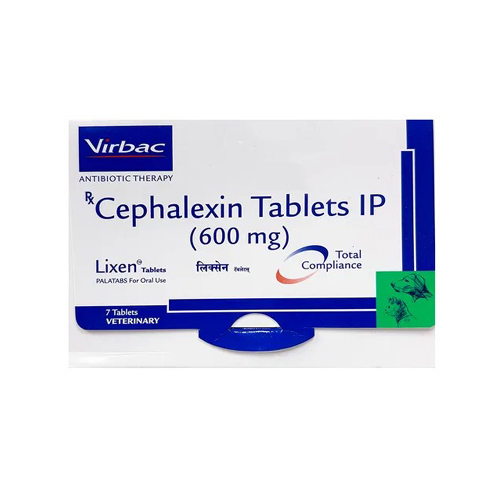
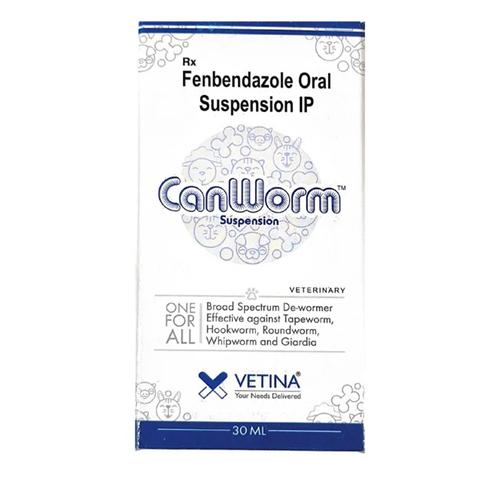



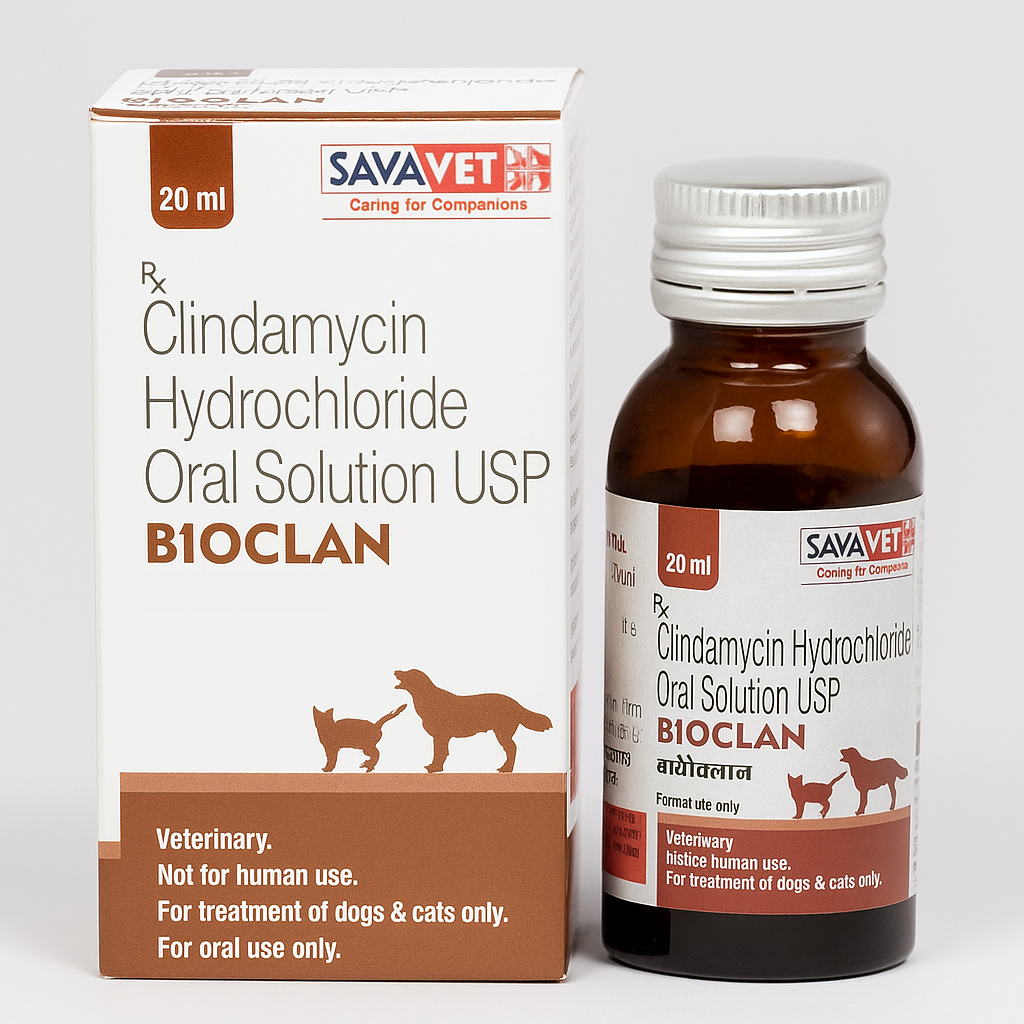
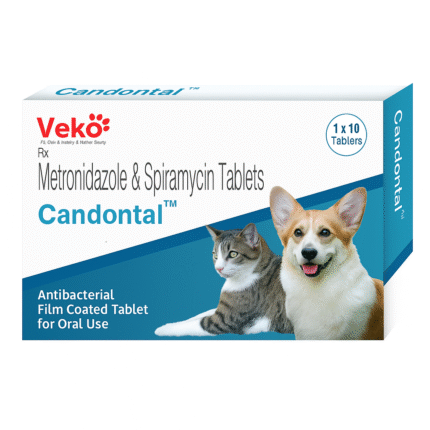
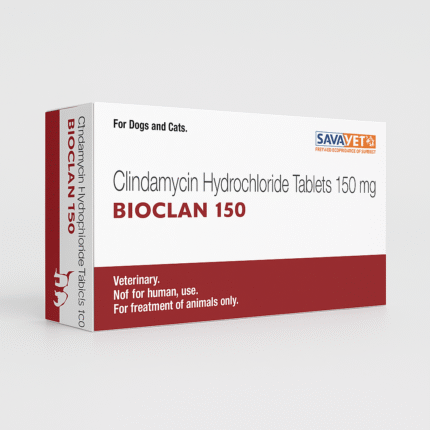
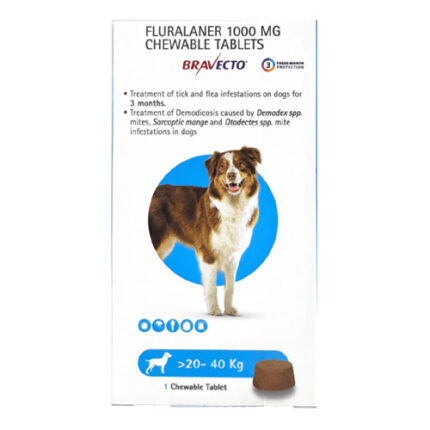
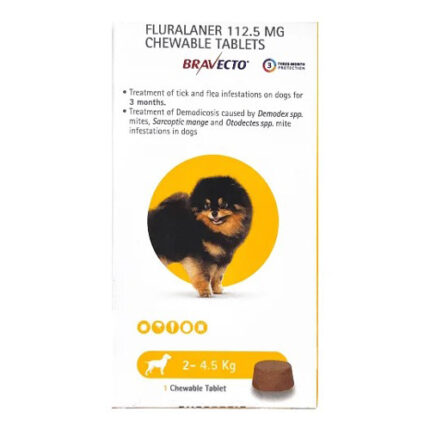
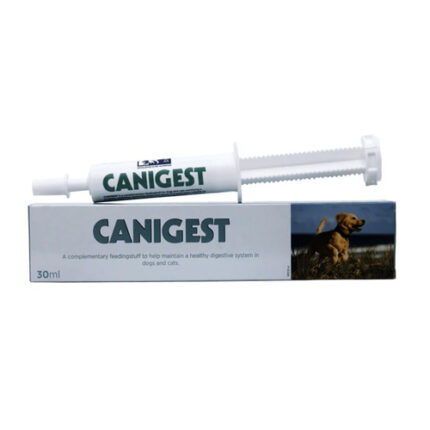
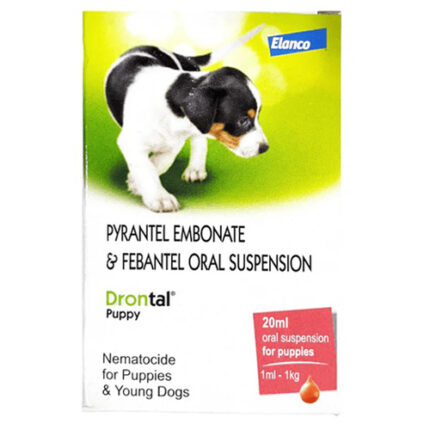
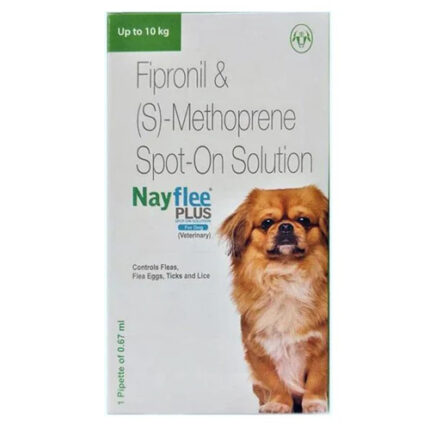
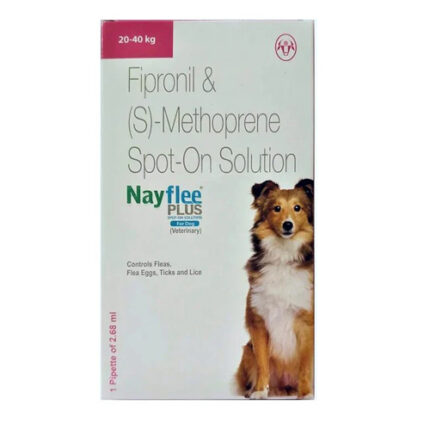
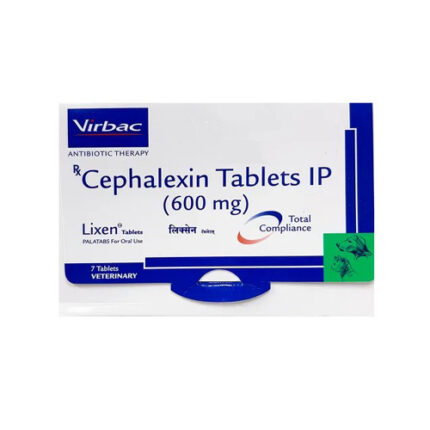
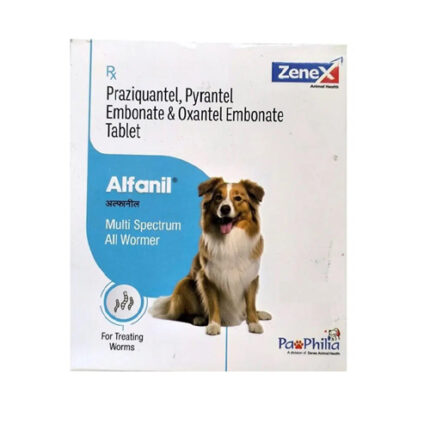
Reviews
There are no reviews yet.